The project, with Oxfordshire-based CCm Research, is being undertaken at Viridor’s anaerobic digestion (AD) plant at Walpole and “aims to add value and create new markets for the waste resources available at the facility.”
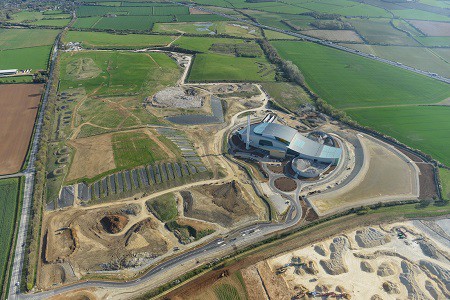
According to Viridor, CCm Research’s technology activates value in waste and energy resources by reducing carbon intensity and utilising waste streams in the manufacture of compound fertiliser
The company said the trial follows a successful initial project conducted over two years at Viridor’s Ardley landfill site.
Innovation
Minister of State for climate change and industry, Claire Perry said: “The UK is ranked the third best country in the world at tackling climate change partly because we have a great track record of investing in energy innovation to support the UK’s transition to a low carbon economy.
“I’m really excited that we have used funds from the Energy Entrepreneurs Fund to support this innovative project – to use waste resources and CO2 to reduce the cost and carbon footprint of fertiliser production. Projects like this can help us meet our climate change targets and drive clean economic growth.”
Viridor and CCm Research have been working together to find an innovative use for carbon dioxide – a by-product of the AD process – and treat it as a waste material which can be recycled.
Viridor development manager and coordinator of technology and innovation, Marcus Du Pree Thomas, said: “Viridor is excited about the opportunity to demonstrate how it is possible to take and transform materials traditionally viewed as purely waste, giving them a new purpose and a new life.
Process
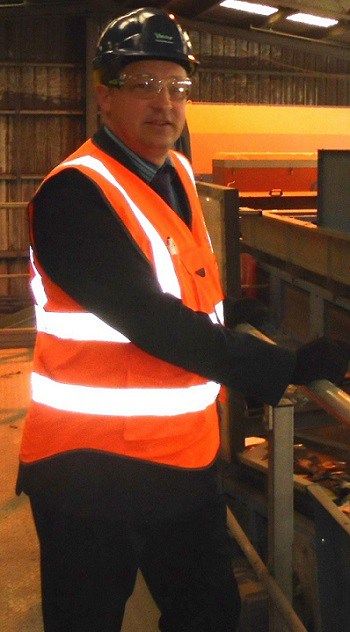
“The opportunity to use the carbon dioxide on the land and create new life really is the waste hierarchy and circular economy put into best practice.”
CCm’s Chief technology officer, Dr Peter Hammond, explains: “The process begins with a cellulosic material – such as grass, agricultural and food waste, wood chip, partially composted materials or, in this case, digestate from the AD plant.
“Coating the material with a nitrogenous material allows carbon dioxide to be attached and stabilised to create a strong carbonate material. Additional plant nutrient material, most likely recycled, can be added to tailor the final fertiliser formulation prior to pelletisation or granulation.”
A spokesperson for Viridor said both companies believe the process makes the best use of existing resources, significantly reducing the cost and carbon footprint of fertiliser by drawing most of the ingredients from current waste sources.
Technology
Dr Hammond said the technology has the potential to directly save or avoid the production of ‘millions of tonnes of carbon dioxide’ and could demonstrate the ‘importance’ of carbon capture and utilisation, as opposed to storage, in reducing global greenhouse gases.
This next stage in the project is being supported by the Department for Business, Energy and Industrial Strategy (BEIS) and Innovate UK to demonstrate the commercial potential for the technology.
Viridor said this will involve developing a commercial scale unit, partially integrated into the facility at Walpole to deliver a minimum of 6,000 tonnes of high quality fertiliser to farmers for the 2018 growing season, enough for approximately 12,500 hectares that could grow 125,000 tonnes of wheat (estimates).




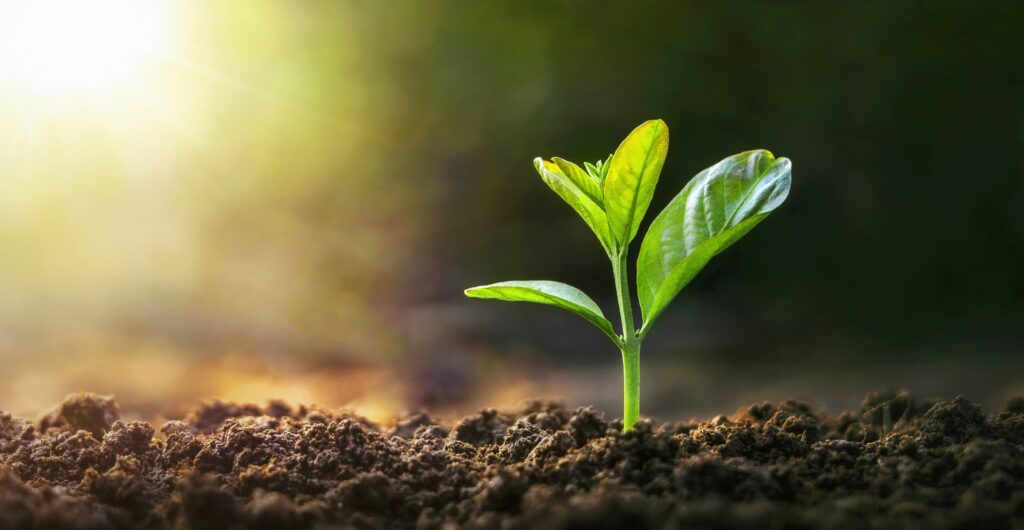
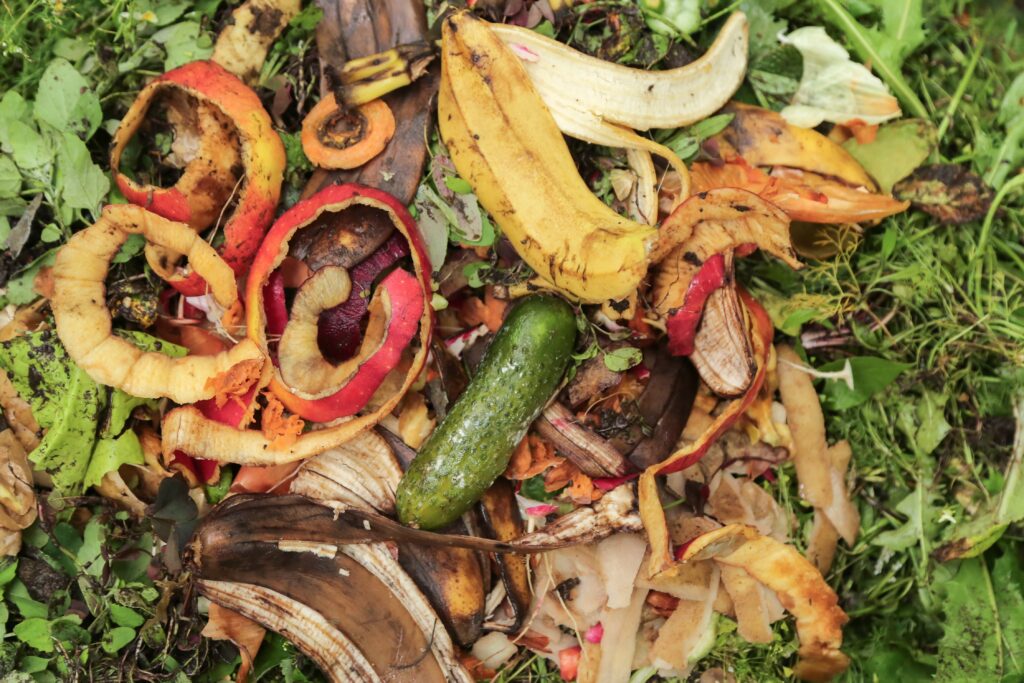
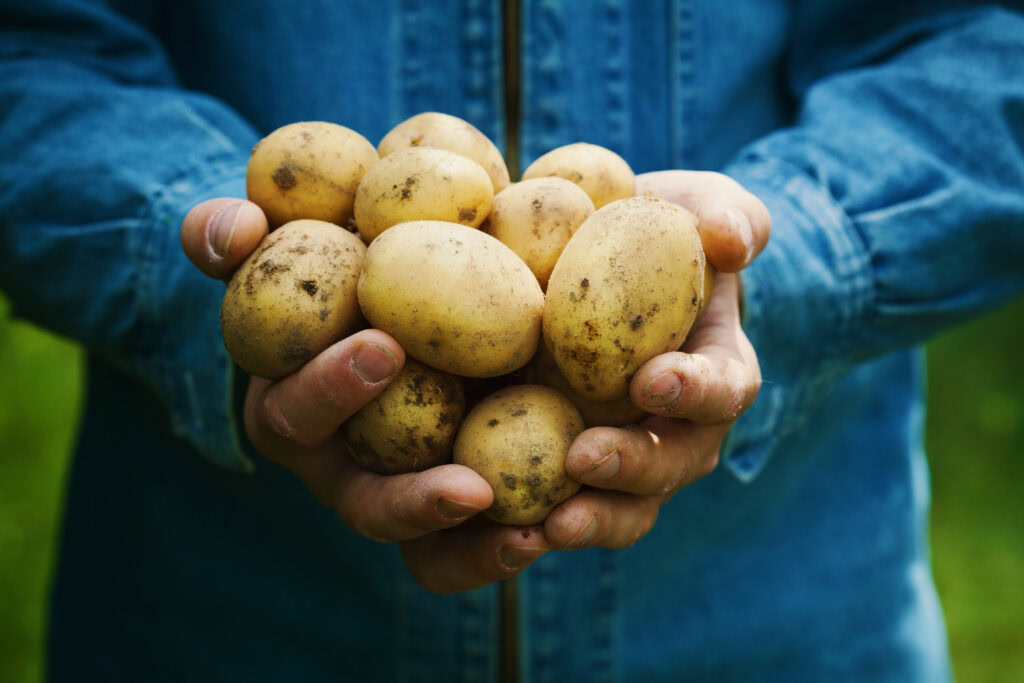
Subscribe for free